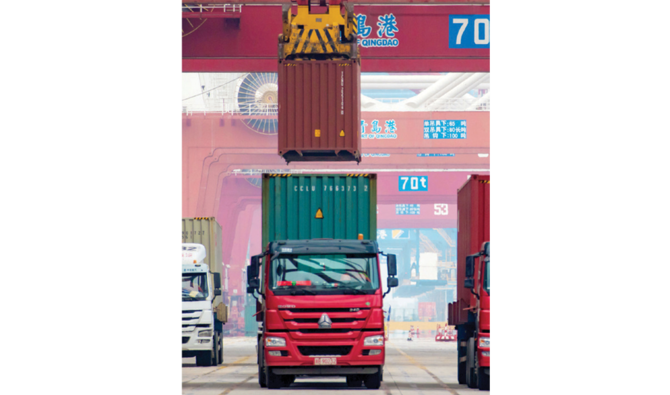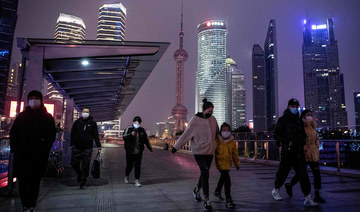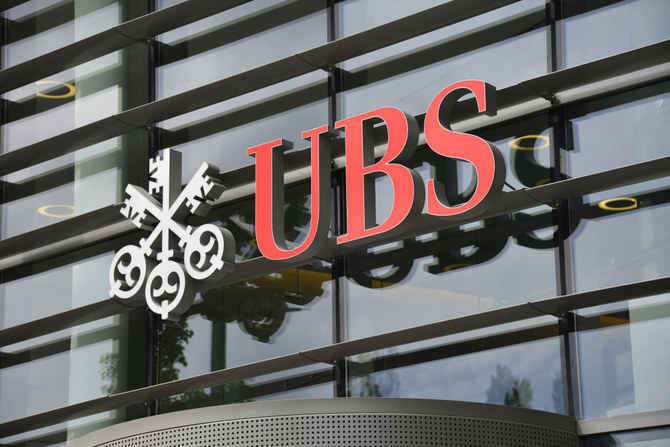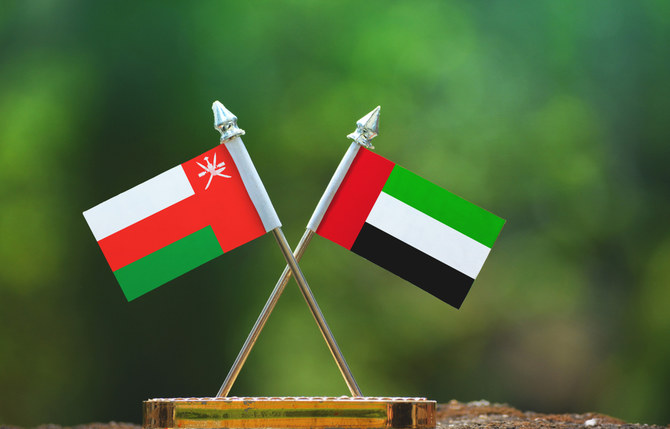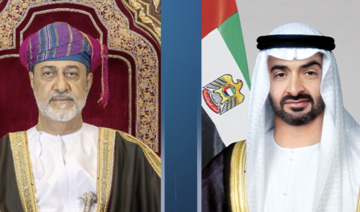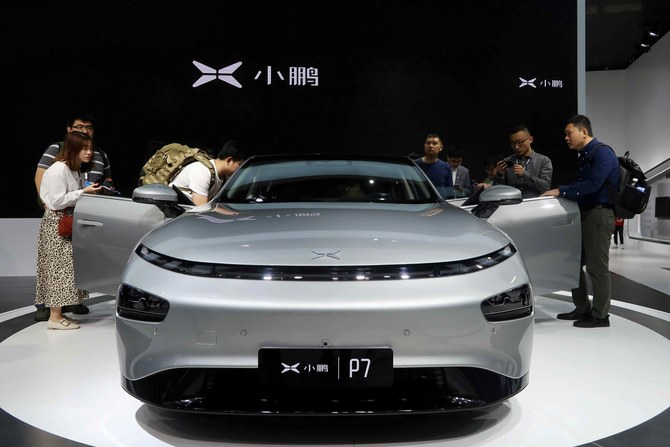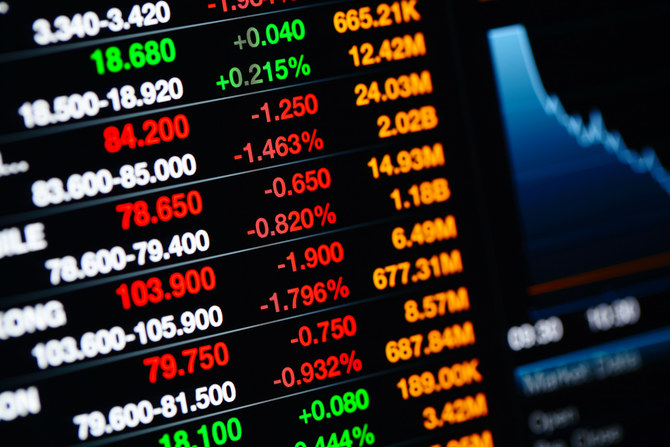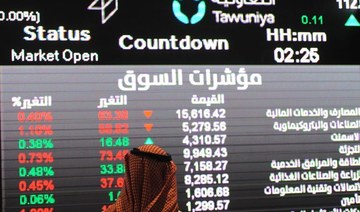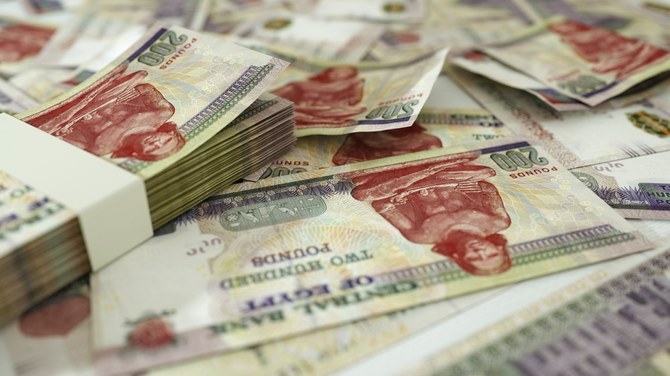After five weeks of consecutive decline to the lowest level in 13 months, oil prices finally managed a weekly gain.
Brent crude rose to $57.32 per barrel and WTI hit $52.05 per barrel. Oil prices rose as market participants bet that the coronavirus outbreak may have peaked.
Sentiment received a further boost as Chinese factories started to reopen and Beijing eased monetary policy.
Higher Naphtha spot imports in China underscored this improvement in manufacturing activities.
Those imports are needed to compensate for lower domestic Chinese supply of the feedstock, after refineries reduced operations. That was due to a drop in overall oil product demand following the virus outbreak.
Naphtha is an important raw material for the petrochemical industry.
Oil prices improved despite the news that US crude stocks climbed for a third consecutive week.
US Energy Information Administration (EIA) data showed commercial crude inventories increased by 7.46 million barrels
OPEC’s Joint Technical Committee (JTC) recommended extending the current production cuts through the end of 2020 while deepening output cuts by an additional 600,000 barrels per day (bpd).
That implies a total of 2.3 million bpd in production cuts from OPEC+ producers.
Oil inventories will be a major metric in OPEC’s upcoming decision as the latest OECD oil stocks stood at 30 million barrels above the five-year average.
OPEC will also consider the possibility of resuming Libyan oil production that might add one million bpd to the global market.
International benchmarks in so-called “contango” will incentivize storing more oil.
That means that the future price market structure of the forward price futures contract is higher than the current price — implying that markets are well supplied.
However China will struggle to raise oil purchases as crude tanks are nearly full, leading some producers to divert their oil cargoes elsewhere.
Shandong’s commercial and strategic crude oil stocks currently stand at 171.5 million barrels, not far from their peak of 175 million barrels in early June 2019.
This is because most independent refiners in Shandong have reduced their average run rate to around 50 percent.
This has resulted in many oil tankers being unable to offload their cargoes, which has added to the storage glut.
Many very large crude carriers, which each hold 2 million barrels of oil each, have been unable to unload at China’s top crude import terminal of Qingdao.
This has caused “demurrage” costs to rise and freight rates to plunge, triggering major upheaval in the shipping industry as well.
Demurrage rates, which are payable to the owner of a chartered ship on failure to load or discharge the ship within an agreed time frame, have climbed to around $100,000 per day.
The latest monthly Short-Term Energy Outlook from the EIA came with a bearish conclusion.
Although the agency forecast global oil supply would continue to outpace demand in 2020, it narrowed the anticipated supply demand gap from around 260,000 bpd down to approximately 230,000 bpd.
It now forecasts total global oil supply to average 101.97 million bpd in in 2020 and global oil demand to average 101.74 million bpd.



